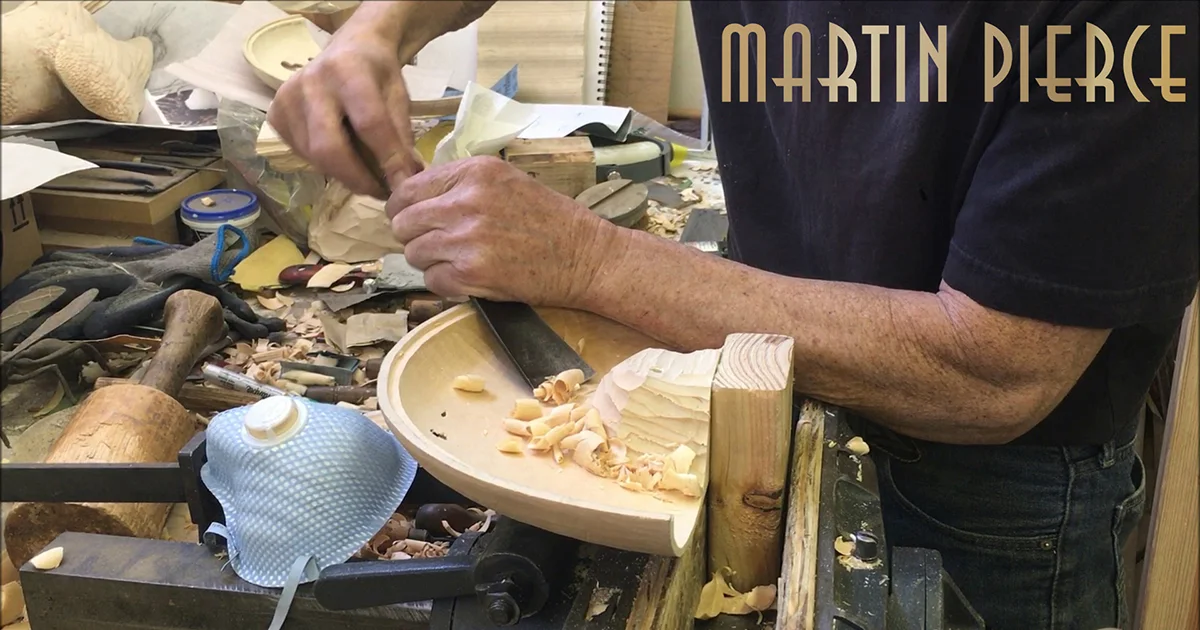Wood carving made easy- part 2
We are currently making a custom door handle that will be hollow and will be lit by an LED strip which will be positioned inside the cavity of the handle. As the decorative details that form the theme of this will be cut out of the pattern we decided to make the hollow sphere by hand. If the pattern had been a simple and uniform geometric shape then we would have turned to 3D printing and created an SLA resin print from a CAD file. We will be working with 3D printing later to develop a light diffuser but will cover that topic in a subsequent post.
For those who are new to wood carving or are physically tired of laboriously removing large areas of wood from a block of wood then I would recommend using a mechanically assisted wood carving tool. There are several on the market but we use the automach wood carver available from Woodcraft. When we were more focused on furniture we used several of these to help speed up the carving process and they were invaluable in adding textural chip details to our Hedgerow dining chairs.
While the mechanized chisel is useful we revert to hand chisels when adding very fine detail and when we need a larger wider angled blade. We have shown both methods in the video featured here.
If you play the video you will also get a glimpse of the raven sculpture’s feet in the background which is an ongoing video project that we will be adding to soon.





